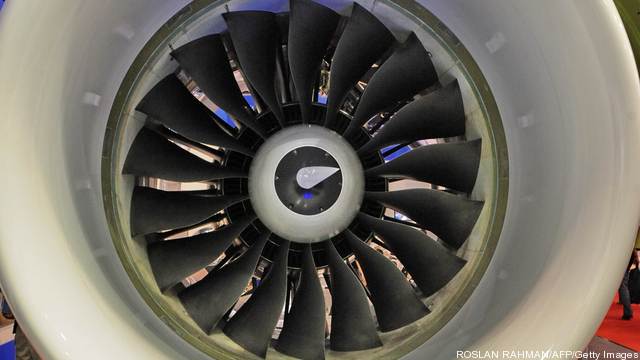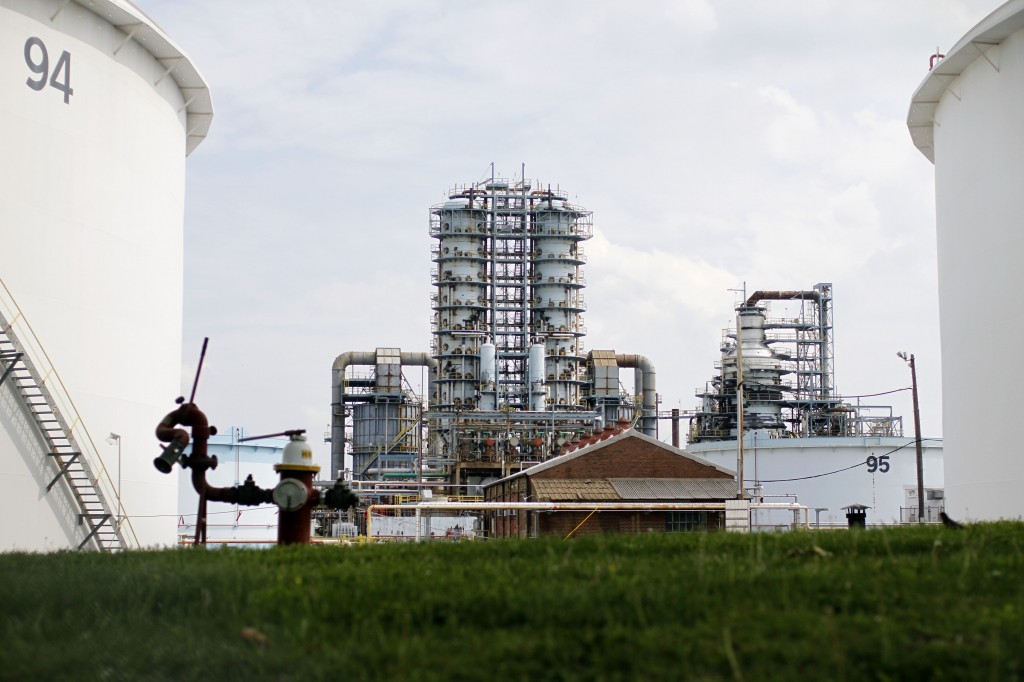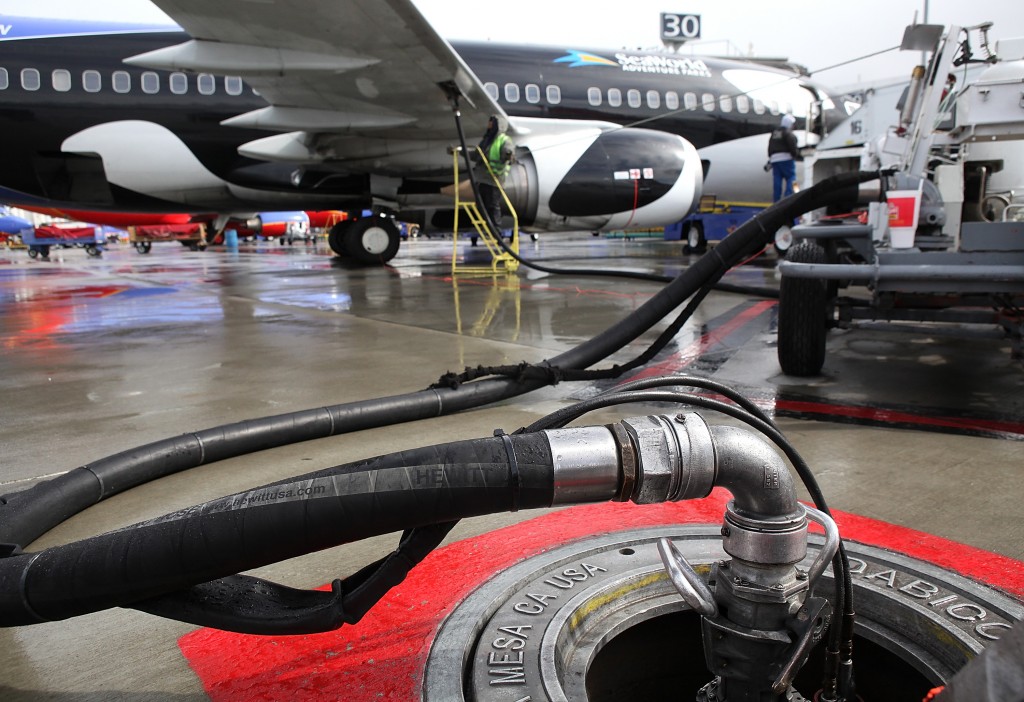by Pete Danko Fuel cells are not a renewable energy source, of course, although they can be tied to renewable energy. But even using fossil fuels their ability to produce electricity through an electrochemical process – instead of combustion – can make them flexible, relatively clean and efficient energy producers. And quiet, too, the U.S.… Keep reading →
Jet Fuel
Sign up and get Breaking Energy news in your inbox.
We will never sell or share your information without your consent. See our privacy policy.By Patti Domm U.S. refineries are expanding their diesel-production capacity, not so much for truckers in the U.S., but for drivers in places like Mexico City and Santiago, Chile. Already running at their highest levels in six years, U.S. refineries are finding strong demand for diesel fuel, used widely in cars outside of the United… Keep reading →
With the Solar Impulse plane on a flight path now headed toward New York, it seemed only natural to focus on the quiet transformation happening in the airline fuel business which refiners should be taking very seriously. The idea of using sustainable, cleaner burning fuels for aircrafts has been around for a while. However, considering… Keep reading →
Gasoline prices expected to increase more than diesel prices next week? Then crank up gasoline production! It may sound simple, but sophisticated software, communications and refining equipment all work in harmony to maximize profits on the fly in the highly-competitive US refining industry. Refinery control room operators in New Jersey work closely with commercial traders… Keep reading →

Flying, although faster, still isn’t a very pleasant way to travel. First, there’s the massive amount of fuel required to hoist a jet airliner carrying over 100 people into the air. Second, there’s the fact that when inside, one gets the sensation of a sardine stuffed inside a metal tube.
It turns out that aviation scientists have known for years that the tubular fuselage and bird wind design is far from efficient, but it’s the best they could do. Now, researchers at NASA have developed a “hybrid wing” shape that could dramatically reduce fuel consumption. Keep reading →

Call it the jatropha bubble. When word got out several years ago about the promise of a small subtropical tree called jatropha, it became a biofuel sensation. Advocates claimed the fruit tree was hearty, drought-resistant and could be grown on marginal land. Its oil seeds offered a promising biofuel that wouldn’t compete with food crops. Air Japan, Continental Airlines and Air New Zealand ran test flights of planes using jatropha-based biofuel, prompting more than 100 companies to plunk down millions on jatropha plantations in developing countries. Energy giant BP (BP) sunk $160 million into the farms, and one industry group projected that $1 billion would be invested annually in jatropha. Then everything crashed. Jatropha, it turned out, was much harder to grow than once thought. Yields were inconsistent, and many farmers didn’t have the training needed to manage commercial-scale crops. Most of the jatropha operations shut down.

Sanctions against Iran, uprisings in oil producing nations – headlines often focus on what’s happening with global oil supply.
But they tend to overlook refining, the link between crude oil and consumers that is critical to assessing the strategic effects of those events. Keep reading →

Biofuels could be a “game changer” for both military and commercial aviation, says Assistant Secretary of the Air Force Terry Yonkers, because they’re proving to have advantages over petroleum-based jet fuels that go beyond the environment.
Biofuels are produced from plant feedstocks or organic wastes. Public and private research has been focusing on production from non-food sources like algae, camelina, and jatropha, and on sustainable and economic ways to cultivate them. Keep reading →

Few industries are hit as hard by high oil prices than the airlines, which can spend close to 40% of their budget on fuel. With jet fuel prices near record highs, the drive to conserve is stronger than ever. Delta recently made headlines with its novel bid to buy an oil refinery, taking a more direct role in procuring fuel. But Delta and other airlines are experimenting with a number of other ways to cut costs. The entire industry is hoping a switch from radar to GPS-based navigation will cut the time it takes both to reach cruising altitude and land a plane.

A billion dollars of investment later, US engine manufacturer Pratt & Whitney has begun flight testing its PurePower Geared Turbofan Engines. The new technology lowers fuel consumption, noise signature, greenhouse gas emissions and maintenance costs.
“The engine used a lot less fuel than we expected, we had to adjust the fuel load for the next flight,” Marc Kirner, Director of Flight Operations for Pratt & Whitney Canada told reporters at a recent media event in Hartford, Connecticut. Keep reading →




